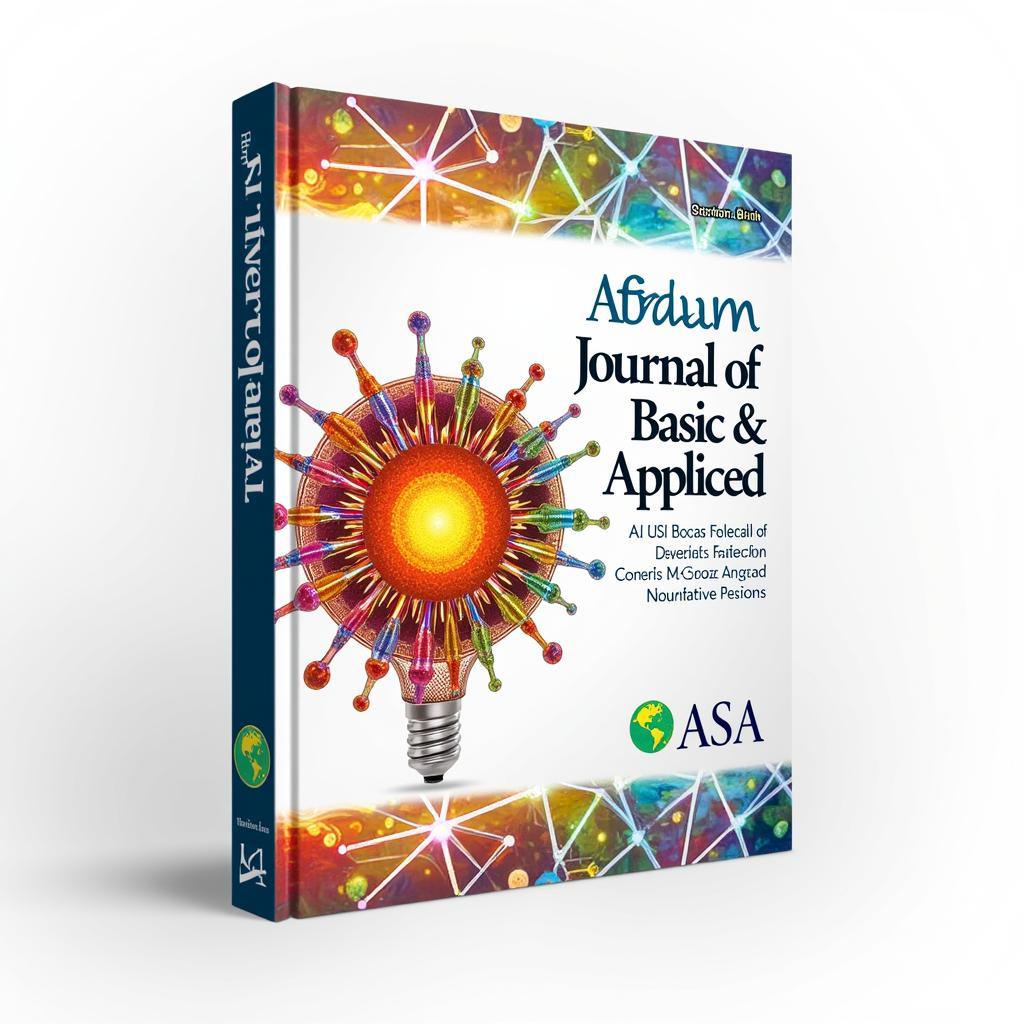African Grey Parrot First Molt: A Comprehensive Guide
African grey parrots are highly intelligent and social birds known for their remarkable ability to mimic human speech. They are popular pets, but their owners should be aware of the significant changes they undergo during their first molt. This process, known as the juvenile molt, marks a crucial stage in the bird’s development and can bring about noticeable changes in their appearance, behavior, and personality.
What is a First Molt?
The first molt in African grey parrots typically occurs between 12 to 18 months of age. It is a natural process where the bird sheds its juvenile feathers and grows new adult feathers. This molt can be a stressful period for both the parrot and its owner, as the bird may experience changes in behavior, appetite, and energy levels.
How Long Does the First Molt Last?
The duration of the first molt can vary from several weeks to several months, depending on the individual bird and its overall health. During this period, the parrot’s body will be focused on growing new feathers, which requires a significant amount of energy and nutrients.
Changes in Appearance During First Molt
The most noticeable change during the first molt is the transformation of the parrot’s feathers. Juvenile feathers are often duller in color and less defined than adult feathers. As the bird sheds its juvenile plumage, the new adult feathers will emerge, revealing the parrot’s true coloration.
“During a molt, a parrot’s feathers can appear dull and uneven, but this is perfectly normal. Just make sure to provide your parrot with a balanced diet and a comfortable environment,” says renowned avian veterinarian Dr. Emily Carter. “The new feathers will eventually grow in, revealing a stunning adult plumage.”
Behavioral Changes During First Molt
Alongside physical changes, African grey parrots may exhibit behavioral changes during their first molt. Some common signs include:
- Increased Irritability: The parrot might become more easily agitated or aggressive.
- Decreased Activity: The bird may spend more time resting or sleeping.
- Changes in Appetite: The parrot may experience a decrease in appetite or an increase in appetite.
- Feather Plucking: While it’s normal for parrots to preen themselves, excessive plucking can be a sign of stress or discomfort.
How to Care for Your African Grey During First Molt
Providing proper care for your African grey parrot during its first molt is crucial to ensure its well-being. Here are some essential tips:
- Maintain a Healthy Diet: Offer a balanced diet rich in nutrients, including fresh fruits, vegetables, and a high-quality parrot seed mix.
- Provide a Supportive Environment: Offer a comfortable and secure environment with plenty of enrichment opportunities, such as toys, perches, and a safe place to rest.
- Minimize Stress: Avoid introducing any major changes or disruptions to the bird’s routine during the molt.
- Monitor for Signs of Illness: Observe your parrot closely for any signs of illness or discomfort, such as lethargy, diarrhea, or difficulty breathing. Consult a veterinarian immediately if you notice any concerns.
Frequently Asked Questions
Q: Is it normal for my African grey to lose a lot of feathers during its first molt?
A: Yes, it’s completely normal for African greys to lose a lot of feathers during their first molt. This is part of the natural process of growing new adult feathers.
Q: What can I do if my African grey is stressed during its first molt?
A: Try to provide your parrot with a calm and supportive environment. Offer plenty of enrichment activities to keep the bird entertained and engaged. You can also consult an avian veterinarian for additional guidance.
Q: Will my African grey’s personality change after its first molt?
A: While the first molt can bring about some behavioral changes, your parrot’s core personality is unlikely to change drastically. However, some individuals might become more confident or outgoing after their molt.
Conclusion
The first molt is a significant milestone in the life of an African grey parrot. Understanding this process and providing appropriate care can help ensure a smooth and healthy transition into adulthood. With patience and proper attention, your parrot will emerge from its first molt with stunning new feathers and a more mature personality.



